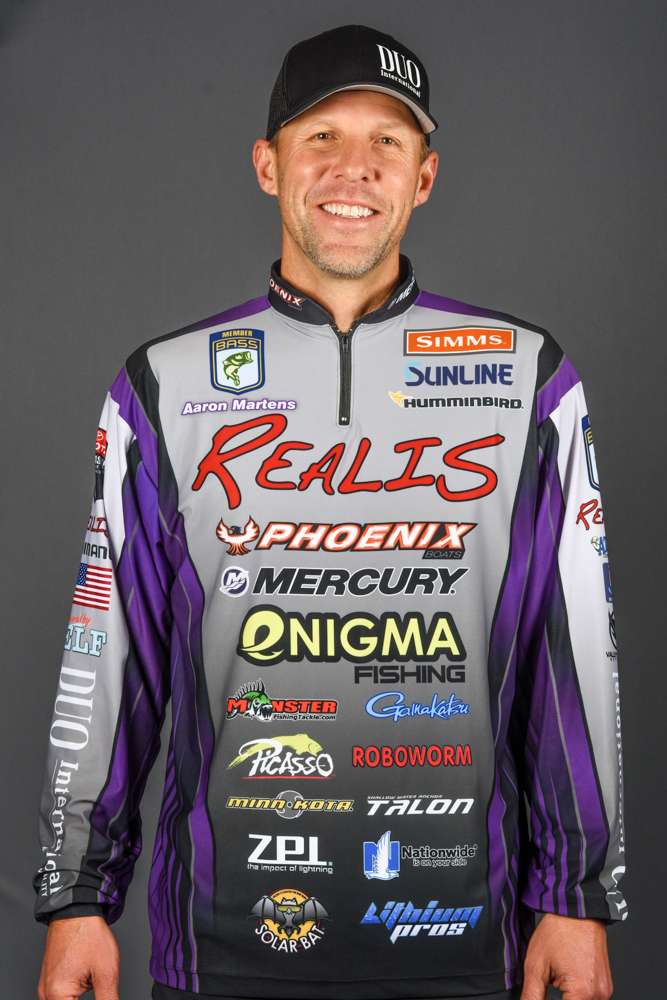Anglers like to travel. They go places to fish and have fun or to compete in tournaments. That means our tackle travels, too. Taking care of it on the road or in a place far from home is important. Here’s how I handle mine when I’m on the road.
Weather is the first thing I think about. Extreme temperatures are hard on stuff, but heat is the worst. It’ll damage things before you know it. I remember one time I was out West fishing. When I checked the temperature in the back of my vehicle it was 159 degrees!
The most important thing is to avoid direct sunlight. If possible, park your truck or SUV in the shade. That isn’t always possible, but it’s good to do if you can. The next thing is to put everything in containers. I don’t have anything lose in my boat or truck except my boat cover and, really, it should be in a container, too.
The way I do it is buy plastic, stackable containers at Lowe’s or Home Depot. I like the ones that snap shut and are tight but not the ones that are sealed. I don’t want anything to get inside them, but if they do get real hot I want a way for the air to get out. The only exception to that is my liquids and contaminants box. I want them watertight so they can’t leak and mess everything else up.
I try to wrap all my stuff in packing foam inside the box to keep it from being knocked around during my trip. I list the contents of every box on the outside. You can use labels if you want, but I like permanent markers. You can make big letters with them that are easy to read. And I pack everything tight. You might be able to get an orange inside one of my boxes but that’s about all. If you leave room in them, you’ll have damage sooner or later.
As soon as I get all that done, I put the smaller boxes inside bigger ones and stack them inside whatever vehicle I’m traveling in. Make sure you think about that when you’re buying everything. Don’t get them too big or they won’t fit.
For some stuff that doesn't fit into a box (like a spare trolling motor), I use big, heavy duffel bags. They make them with pockets that are really neat. You can put everything together in one place.
Rods are a special issue. The big thing with them is to keep them separated and straight. I like soft cases, but the hard ones are OK, too. Put something between them so they don’t rub together and make sure they are lying perfectly straight. If they’re bent and it gets real hot they’ll take that bend and you’ll never get it out. Your rod will be ruined.
I like to carry my rods in the rod locker in my boat. There’s less chance of damage that way. And, when I get to where I’m going, I carry them into my room. I don’t like to take any chances.
Plastics can be another problem. Make sure you pack them perfectly straight and that you don’t mix colors or brands. I use Plano boxes and then put foam on top of them to take up any extra space. That’ll keep them from moving around during my trip.
I always pack my line in the center of my vehicle’s storage space and at the lowest point. That’s the coolest place. When I get to where I’m going, or if I’m going to be away from it for a while, I carry my line box with me. Heat and sunlight will make it weak. You’ll break off when a big fish gets hooked. If it ever gets about 110 degrees it’s probably ruined.
When I’ve got all my tackle the way I want it, I put a couple of futon mattresses around everything. I like the ones that are three or four inches thick. They’re really useful when you’re traveling. You can sleep on them if you get tired and they make great insulation.
The last thing we need to talk about is safety. Just before you leave you should put a big cargo net over everything and make sure nothing is packed above the back of your seat. If you have a bad wreck or turn upside down you could be killed by all that stuff coming forward.





